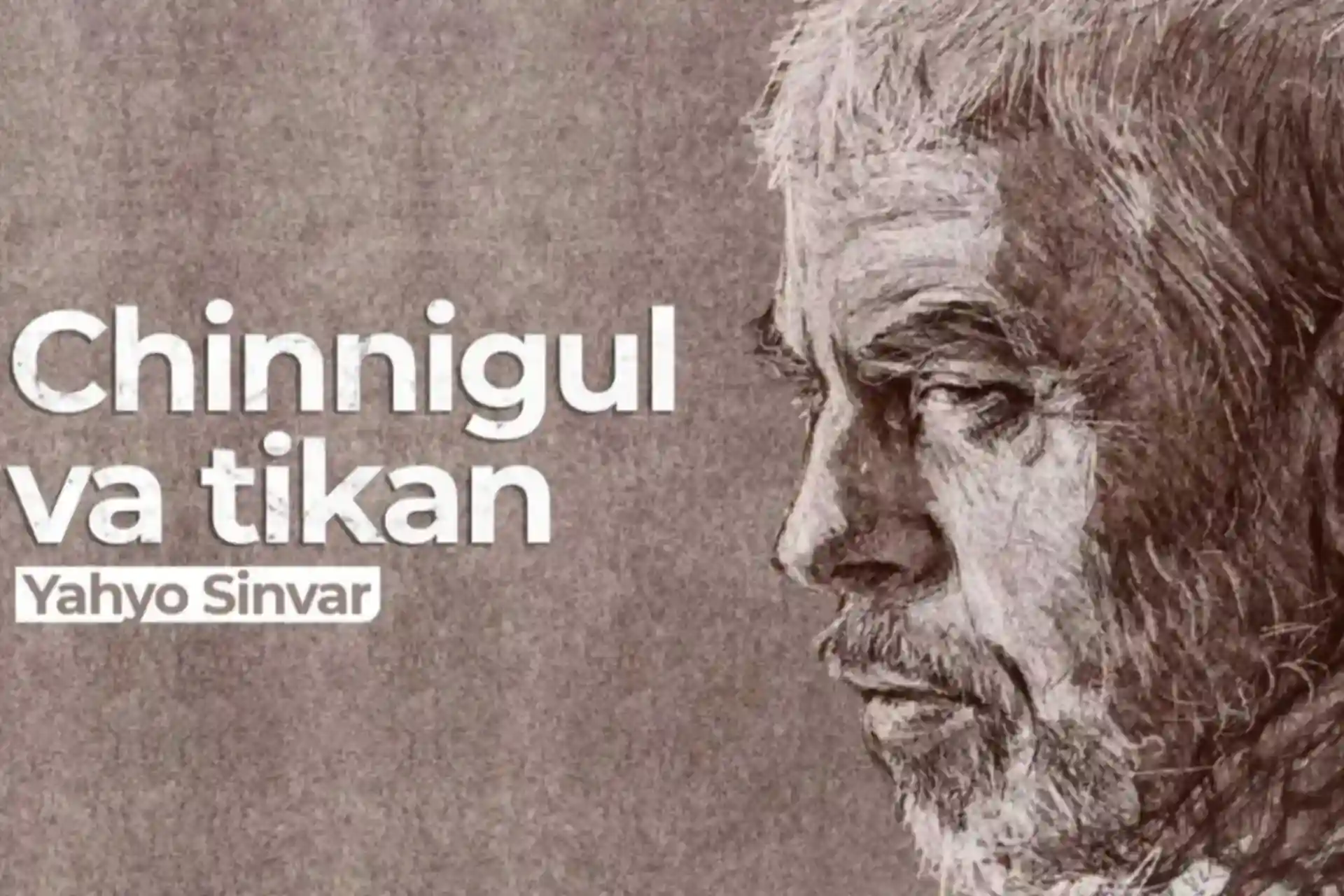27.01.2025 09:45
1168
"The Carnation and the Thorn" – Yahya Sinwar (story, part 25)
During this visit, I only had the chance to ask my brother Mahmud how he was doing. I only remember him saying, "Goodbye, father!" to my mother, and she said, "Goodbye Ahmad!" to me. The main part of the visit was spent by my mother asking my brother how he was doing, about the accusation he was about to make. Importantly, after this meeting, my mother's mental state returned to a somewhat normal state.
My brother Mahmoud was put in Section B of Gaza Prison. This section consists of eight rooms on either side of a long corridor about three meters wide. Each room is fifteen to twenty-five square meters. Each room has several windows and a strong iron door. A toilet is built into one corner of the room. No fewer than twenty prisoners can fit into each room. They lie on their sides with sheets on the floor. If they lie facing the sky, they will not fit. Therefore, if they want to roll over from right to left, they cannot do so unless they get up. If someone needs to go to the toilet, they have to jump over their roommates. When they return, those who are lying flat on their backs will slip and cannot find a place to sit. At six in the morning, the loudspeaker announces curfew, and the lights are turned on. The guards would ring the room bells to wake the prisoners. At that moment, all the prisoners would gather in their places and wait for the warden to arrive. If any prisoner was late, the guards would come in and beat them mercilessly. So, a group of officers wearing masks, carrying batons and tear gas canisters would come in, led by a guard. The prisoners would then line up in two rows. They would check each room for their belongings and then move on to the next section. Then another signal would be given, indicating that the morning inspection was over. Then breakfast would begin. Usually, breakfast consisted of one or two pieces of bread, a little butter, a little jam, and sometimes half a boiled egg, along with a drink that tasted and looked like tea. The prisoners would take turns washing their faces and hands and then sit down to breakfast. Sometimes, in front of the toilet, a prisoner would roll onto the floor with his intestines twisted, and he would shout to his cellmate inside to get out quickly. After breakfast, the guards would take two or three prisoners out onto the stage and give them physical training. The stage was surrounded by high walls on all sides. Barbed wire was stretched over the walls. Its area was about one hundred and twenty square meters. When the prisoners left the room, they were not allowed to raise their heads or look to the right or left. They would walk onto the stage with their arms behind them, their heads bowed to the ground, and then form a ring and begin to walk. In the middle of the ring, guards with batons stood. Anyone who opened their mouths, looked to the right or left, or walked too slowly or too quickly would be beaten with a cloth in their hands. At least they would be beaten with their feet and hands. After walking around in this way for an hour, they would be returned to their rooms. Everyone in the room had to sit on their own sheets. They were not allowed to sit in a circle or talk to each other. Anyone who was not disciplined would get their share again or be taken to a separate room. Before lunch, there was a daily inspection. After the inspection, they would sit down for lunch. For lunch, they were given a couple of pieces of bread, some spices, a salty drink, a little rice, sometimes boiled potatoes and fried eggplant. The prisoners who received lunch would start eating the food so quickly that they would not even touch it. After lunch, some would wash the dishes, while others would lean against the wall and fight off drowsiness. The amount of free time made people feel sleepy and their eyes would droop. Seeing this, the guards would scold them and tell them not to sleep. Because they could only sleep at night.
to be continued

